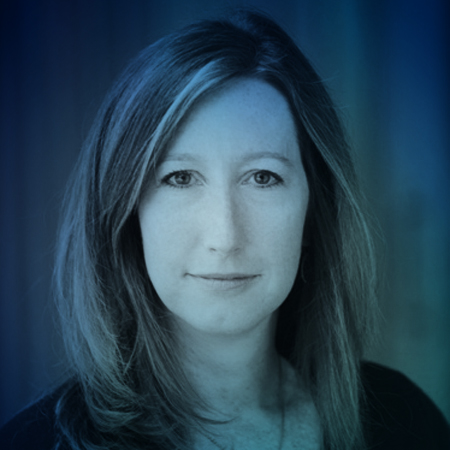CANNES FESTIVAL | Our women problem
CANNES, France – A year ago luxury-brand conglomerate Kering became one of the Cannes Festival’s official sponsors. Ever since then, the talks “Women in Motion,” which they fund, have been the rendez-vous place for articulating the women in film platform with Kering bringing some of the industry’s most eminent representatives, from the fields of acting to producing and directing, to Cannes. Some of last year’s invitees included Iranian actress Golshifteh Farahani, Jane Fonda and, most notably, Frances McDormand. This year’s first speaker was Jodie Foster whose film “Money Monster” was shown in the official selection.
Today’s Women in Motion talk was held by Keri Putnam, Executive Director of the Sundance Institute, Celine Rattray, President of Mandalay Vision and Rena Ronson, co-head of UTA’s Independent Film Group, all three women luminous examples of film professionals who support and love cinema and have risen to the highest echelon of their respective industry.
Speaking from a suite at Majestic Hotel that boasts breathtaking views of the Mediterranean all three of the speakers, in a panel hosted by Variety’s Brent Lang, agreed that women of the industry have to run twice as fast as compared to their male counterparts. Why have women made so little inroads into what remains, to this day, a male-dominated industry? In Hollywood, old behaviors are hard to break and prejudice is rampant. Surprised? “You don’t hear of a male director that they’re being difficult. But you do hear that about female filmmakers,” Rattray told the audience this morning.
Where does the bias occur, what are its sources? While American film schools show a fifty-fifty split between male and female graduates, a drop-off occurs once those graduates join the film business. According to Melissa Silverstein, an advocate who was in attendance this morning and whose studies on the matter Putnam referred to during the talk, the drop-off occurs even in film school. “At NYU many young women end up opting for a career in production rather than directing,” she told me.
Putnam, whose role as executive director of the Sundance Institute covers a broad spectrum of concerns, asserted that, contrary to popular wisdom woman-to-man disparity also exists in festivals: “it’s not equitable at the festival front. Scripted films are closer to 17% [referring to films that are directed by women filmmakers], [although] documentaries have been helping to boost those numbers.”
Access to financing is where it gets difficult for women,” Putnam continued, “they tend not to get the big-budget films. Within Sundance, when money comes in, women move out, whereas the men go on to get big franchises after [bringing a film to] Sundance.”
Why such a barrier to entry? How is such bias still the norm in the beginning of the 21st century? The boys-club approach that seems to still be the consensus in the film industry is archaic and short-sighted, noone is arguing that. Clearly, I’m not the only one who thinks that way. On the other hand, what happens inside the head of a financier with a 30 million-dollar enveloppe when he’s faced with the choice between an equally-competent male director and female director? What are the hang-ups?
The finance and foreign sales world is also male-dominated, which has created a catch-22 situation. Old habits die hard, too (that’s a fact we can all attest to). If yesterday’s formula (the right combination of a screenwriter and a director, or a director and a producer) worked, chances are the same business model will be applied in the future, too.
Commenting on this, Putnam said “women are less comfortable asking for money and standing up and negotiating for themselves. There’s something about empowering women so that they fight for their own financial empowerment.”
And yet, in spite of the gender inequalities that are still the consensus today, all three participants were hopeful that there are signals that things are changing.
Rattray commented, “Jennifer Lawrence’s piece in Lena Dunham’s blog this past October got so much attention in the press, it was so well-written and thoughtful, [that] a lot of people paid attention to it. People are now embarrassed when holding casting sessions that do not have women or African-american representation.”
With streaming services like Netflix and TV leading the charge, more projects are being handed to women filmmakers than before. Let’s hope those services will help trigger a paradigm shift of how women, money and success are perceived within the film industry.
news via inbox
Nulla turp dis cursus. Integer liberos euismod pretium faucibua




